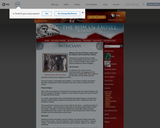
This resource is about Roman society's elite class, the Patricians.
- Subject:
- Social Studies
- Material Type:
- Reading
- Provider:
- PBS
- Date Added:
- 02/14/2017

This resource is about Roman society's elite class, the Patricians.
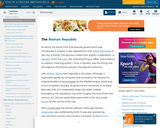
This resource explains how the Roman Republic may have influenced the political ideas of modern societies.

In this lesson, students learn that the Roman Empire had massive influences on the rest of the world, from city planning to daily vocabulary.

Students explore the rule of law in American democracy and its impact on every individual. Through class discussion and role play, student gain an understanding of what the rule of law means in terms of American government, the functions laws play in our society, and the role all citizens and community members, from a student to the President, play in adhering to and upholding the rule of law.

Throughout the lesson, students will learn about monumental events and people related to school segregation, such as the Brown v. Board of Education decision, the Little Rock Nine, Ruby Bridges, the Civil Rights Act of 1964, and more. Students will further gain an understanding that regardless of the Brown ruling and legislation such as the Civil Rights Act, making integration a reality took years of struggle. The lesson will culminate with students exploring North Carolina's pro-segregation Pearsall Plan, for which they will write a speech advocating against.

This resource provides an overview of the Selective Service System.

Students simulate a Senate filibuster to gain a better understanding of this legislative-delaying device.
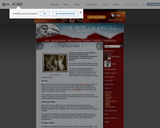
This resource explains the role of Senators in the Roman Republic and later under the Roman Empire.
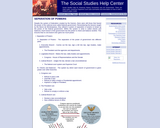
This resource provides students with an understanding of the separation of powers.
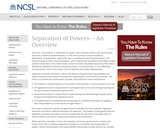
This resource provides an overview of the separation of powers.

In this activity, students learn how each branch of government has the ability to check the powers of the other two branches, which means that each branch can limit the actions of the other two branches.
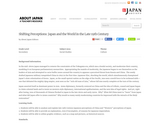
In this lesson, students analyze and explain late 19th Century Japanese perceptions of China and "Western" perceptions of Japan. They provide an explanation, if necessary, of reasons for Japanese imperialism and utilize graphic evidence, such as a map and pictures, as historical sources.

Students learn about the Supreme Court of North Carolina and its relevance to every North Carolinian. Students examine the historical decision made by Supreme Court of North Carolina justices in State v. Mann. Then, students will take on the roles of justices on the Supreme Court of North Carolina to make a decision regarding the facts in the important Supreme Court of North Carolina case: State v. Will.

This activity, informs students of the Tea Act and how it led to the Boston Tea Party.
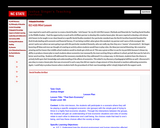
In this mini-lesson, the students will participate in a scenario where they will be playing a specific assigned economic role (groups) with the simple goal of trying to thrive in a highly fluid economic situation. Through the interactions between the groups, the students will gain an understanding of how economic situations and roles of society relate to each other to determine one’s well being, the choices made that lead to one’s being, and how these choices affect the society at large.
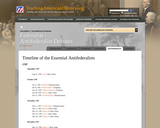
This resource is a timeline of essential Antifederalists.

This presentation reviews types of government.

This presentation is designed as an informal assessment to determine students' understanding of various types of government.

Students explore and compare how the Constitution has granted and/or limited Presidential actions during times of crisis. Beginning with background information regarding the parts of the Constitution related to Executive Power/Privilege, students gain context regarding how American democracy defines, grants, and limits presidential powers. In groups, students then examine a scenario describing an incident in American history during which a President had to respond during a time of crisis. After analyzing the crisis and determining whether the President's response was appropriate and Constitutional, students present their scenario to classmates.
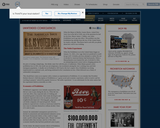
This resource tells of the unintended consequences of prohibition.